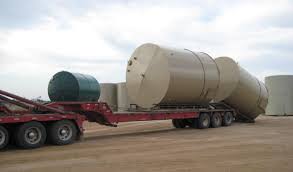
A new player has entered the pitch by oil and gas operators to get approval for emergency storage of crude oil at remote sites in Oklahoma—the Department of Environmental Quality.
If adopted by the Oklahoma Corporation Commission, the DEQ would have a say whether a remote crude oil storage site would be approved. The inclusion of the DEQ was offered by Energy Secretary Kenneth Wagner during a conference call in which commission staffers and others participated on Friday, May 1.
“I absolutely brought that up because we are talking about air quality here,” he told OK Energy Today. “We are talking about significant risk to the welfare of Oklahomans.”
Wagner, a former Senior Advisor to the EPA Administrator, said air quality rules apply if emergency crude oil storage were to be allowed by the Commission.

“There is significant off site issues that could likely trigger air quality issues. We are taking a longer view of the situation and we don’t want makeshift tank batteries used by oil speculators to trigger ozone issues.”
Wagner suggested that perhaps the emergency off-site storage issue could also involve the Department of Justice and the Environmental Protection Agency. The Energy Secretary has had discussions with Gov. Kevin Stitt about the issue and if emergency rules are adopted by the Corporation Commission, he expects the governor to review them and have a final say.
The meeting was not publicized but an estimated 36 people took part in the conference including Scott Thompson, Executive Director of the DEQ.
The proposed addition of the DEQ is part of a draft amendment that states, ” In order to be eligible to obtain a Form 1014TOS permit under this Section, an applicant must also demonstrate that a copy of the Form 1014TOS permit application has been provided to the Chief Engineer at the Oklahoma Department of Environmental Quality.”
The DEQ was not mentioned during the Corporation Commission’s recent public meeting to discuss remote oil storage sites as proposed by the agency’s Oil and Gas Conservation Division.




